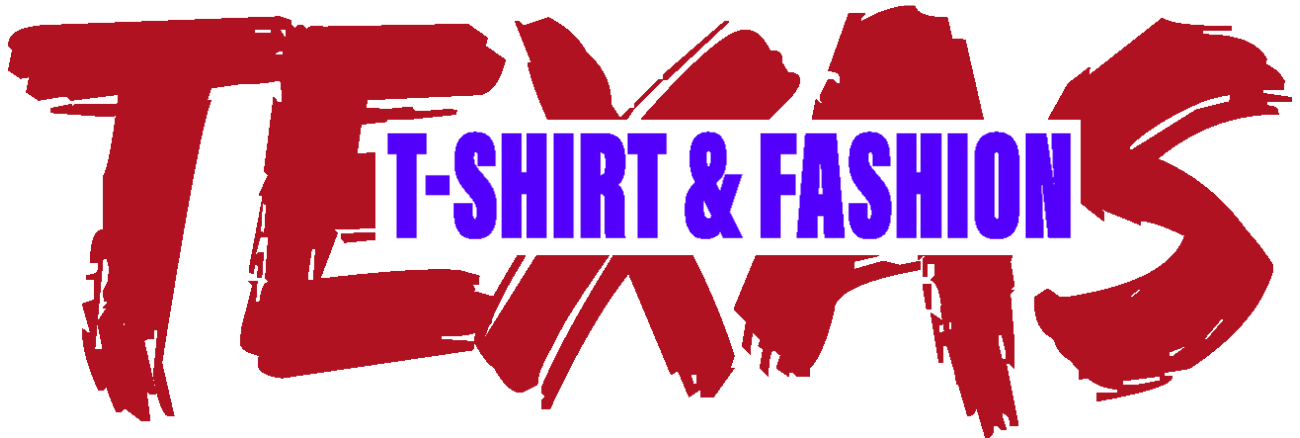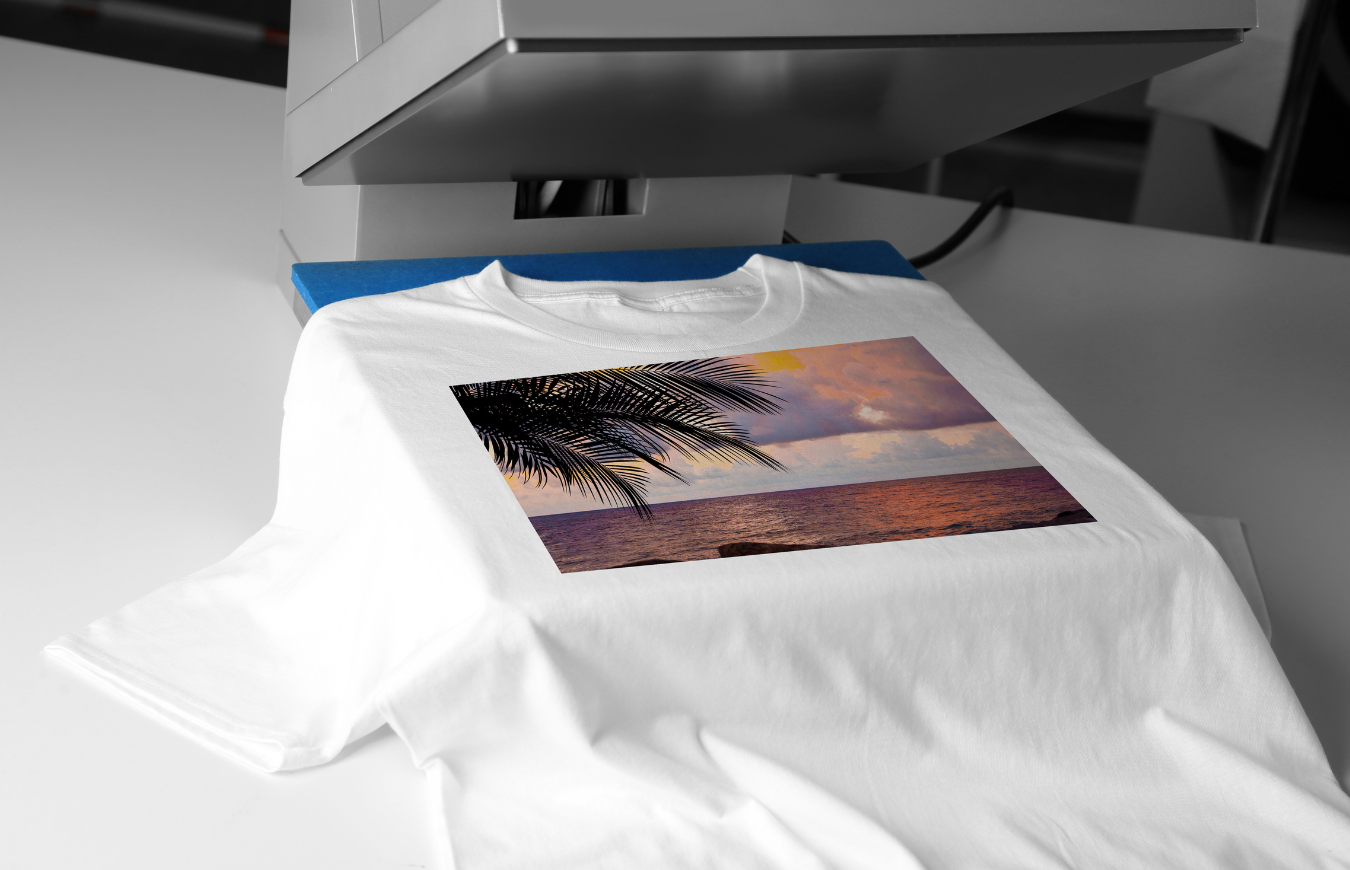Custom T-shirt printing has become a vibrant and lucrative industry, enabling individuals and businesses to express creativity, promote brands, or sell personalized designs. For beginners stepping into this field, the options, techniques, and tools available might feel overwhelming. This guide will demystify the process and equip you with the knowledge to start your custom T-shirt printing journey confidently.

Why Choose Custom T-Shirt Printing?
Custom T-shirt printing is ideal for personalizing wardrobe essentials, creating event merchandise, or launching a fashion line. It’s a low-cost, creative business idea that allows flexibility in design and production. Some benefits include:
- Branding Opportunities: Perfect for businesses to promote their logo and tagline.
- Event Memorabilia: Create unique keepsakes for weddings, concerts, or sports events.
- Creative Expression: Turn your artwork into wearable art.
- Profit Potential: With relatively low startup costs, selling custom T-shirts can yield substantial returns.
Key Steps in Custom T-Shirt Printing
Understand Your Purpose
Decide whether you are designing for personal use, a small event, or starting a full-fledged business. This will influence your choice of materials, techniques, and scale of production.
Choose the Right T-Shirt Material
The fabric plays a critical role in print quality and durability. Common materials include:
- Cotton: Soft, breathable, and ideal for casual wear.
- Polyester: Durable and perfect for sportswear.
- Blends: Combines the benefits of multiple materials.
Pick a Printing Technique
Each printing method has pros and cons, depending on your budget, design complexity, and production scale. Here are some popular methods:
- Screen Printing
- Best for bulk printing.
- High-quality, vibrant designs.
- Requires screens and stencils for each color.
- Heat Transfer Printing
- Uses heat and pressure to transfer designs onto fabric.
- Suitable for small batches and custom orders.
- Works well with vinyl or heat transfer paper.
- Direct-to-Garment (DTG) Printing
- Prints designs directly onto the fabric using specialized printers.
- Excellent for intricate, multicolor designs.
- Best for low to medium-volume production.
- Sublimation Printing
- Works by infusing ink into polyester fabric.
- Produces long-lasting, vibrant prints.
- Limited to light-colored, polyester-rich garments.
- Embroidery
- Adds a premium, textured finish.
- Ideal for logos or simple designs.
- Higher cost per item.
Design Your Artwork
Use graphic design tools like Adobe Illustrator, Canva, or free alternatives like GIMP to create your designs. Keep in mind:
- The size of the design on the T-shirt.
- Color contrast and compatibility with the fabric.
- File formats (e.g., PNG, EPS) for printing.

Select Printing Equipment and Supplies
- For Beginners: Start with a heat press machine and vinyl cutter.
- For Growing Businesses: Invest in a DTG printer or screen printing setup.
- Purchase quality inks, transfer papers, and cleaning supplies.
Test Your Designs
Always run a test print before large-scale production to ensure quality and alignment.
Market Your T-Shirts
- Use e-commerce platforms like Etsy, Shopify, or Amazon.
- Leverage social media for branding and promotions.
- Collaborate with local businesses or participate in fairs to showcase your work.
Common Mistakes to Avoid
- Choosing the Wrong Fabric: Ensure compatibility between the fabric and printing method.
- Accuracy: Calibrate your design software to match printer settings.
- Skipping Test Prints: Saves you from costly mistakes in large orders.
- Underpricing: Factor in material, labor, and marketing costs to set competitive prices.
Tools and Resources for Beginners
- Graphic Design: Adobe Photoshop, Canva, CorelDRAW.
- Printing Equipment: Heat press machines, vinyl cutters, DTG printers.
- Suppliers: Look for reputable sources for blank T-shirts, inks, and transfer materials.
Scaling Your Custom T-Shirt Business
Once you’ve mastered the basics, focus on scaling your business:
- Expand Your Product Line: Add hoodies, caps, and tote bags.
- Offer Customization Options: Let customers upload their designs.
- Optimize Production Workflow: Automate repetitive tasks to save time.
- Invest in Marketing: Run online ads and engage with your audience through email campaigns.
Conclusion
Custom T-shirt printing offers endless creative possibilities and business opportunities. By choosing the right techniques, materials, and tools, you can bring your designs to life and even build a successful brand. Whether you’re creating for fun, events, or profit, this guide provides the foundation to start your journey in custom T-shirt printing.


